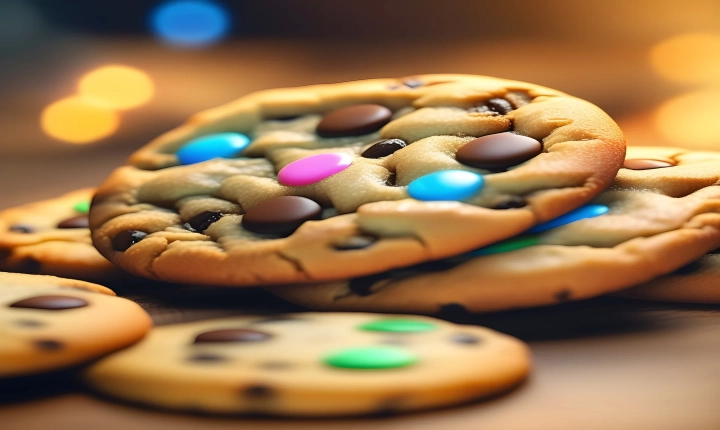Generating AI images has become a popular and exciting way to create digital art, and it involves using artificial intelligence algorithms to produce stunning visuals that might not be possible through traditional means. Whether you are a digital artist, a photographer, or just someone interested in exploring the capabilities of AI, generating AI images can open up a world of creative possibilities. In this article, we will explore the process of generating AI images and the tools and techniques involved in creating these mesmerizing works of art.
One of the most common approaches to generating AI images is through the use of Generative Adversarial Networks (GANs), a type of neural network architecture that is capable of producing realistic images. GANs work by pitting two neural networks against each other – a generator and a discriminator. The generator creates images, while the discriminator tries to distinguish between real and generated images. Through this adversarial process, the generator learns to create increasingly realistic images, resulting in stunning and original visuals.
To get started with generating AI images, you can use a variety of tools and platforms that provide pre-trained models and user-friendly interfaces. Many popular tools, such as Runway ML, DeepArt, and Artbreeder, offer users the ability to generate AI images without requiring extensive knowledge of machine learning or coding. These platforms typically provide a range of features, including the ability to mix and match different images, apply style transfer techniques, and manipulate various parameters to create unique and captivating visuals.
Style transfer is another fascinating technique that is commonly used in AI image generation. This technique involves applying the artistic style of one image to the content of another, resulting in captivating and sometimes surreal images. By leveraging deep neural networks, style transfer algorithms can transform ordinary photographs into stunning works of art, opening up new avenues for creative expression and visual storytelling.
Another exciting area within AI image generation is the use of hyper-realistic image synthesis, where AI models are trained to generate highly detailed and realistic images that are almost indistinguishable from photographs. These models have applications in fields such as product design, architecture, and virtual reality, where the ability to generate photorealistic images can be immensely valuable.
As with any form of art, the creation of AI images also involves a degree of experimentation and exploration. By exploring different techniques, combining various styles, and pushing the boundaries of what is possible, artists and creators can unlock new and innovative ways of generating AI images that are both visually stunning and conceptually engaging.
It’s important to note that while AI image generation offers exciting possibilities, it also raises ethical and copyright concerns. When using AI tools to generate images, it’s essential to consider the ethical implications of using copyrighted material and to respect the intellectual property of others.
In conclusion, generating AI images can be a truly transformative and exhilarating process, offering a new frontier for creativity and expression. With the right tools and techniques, artists and creators can harness the power of artificial intelligence to produce visually captivating and conceptually rich images that push the boundaries of what is possible in the realm of digital art. The fusion of art and AI continues to open new doors for creative expression, and the potential for AI-generated images to inspire and captivate audiences is truly boundless.
